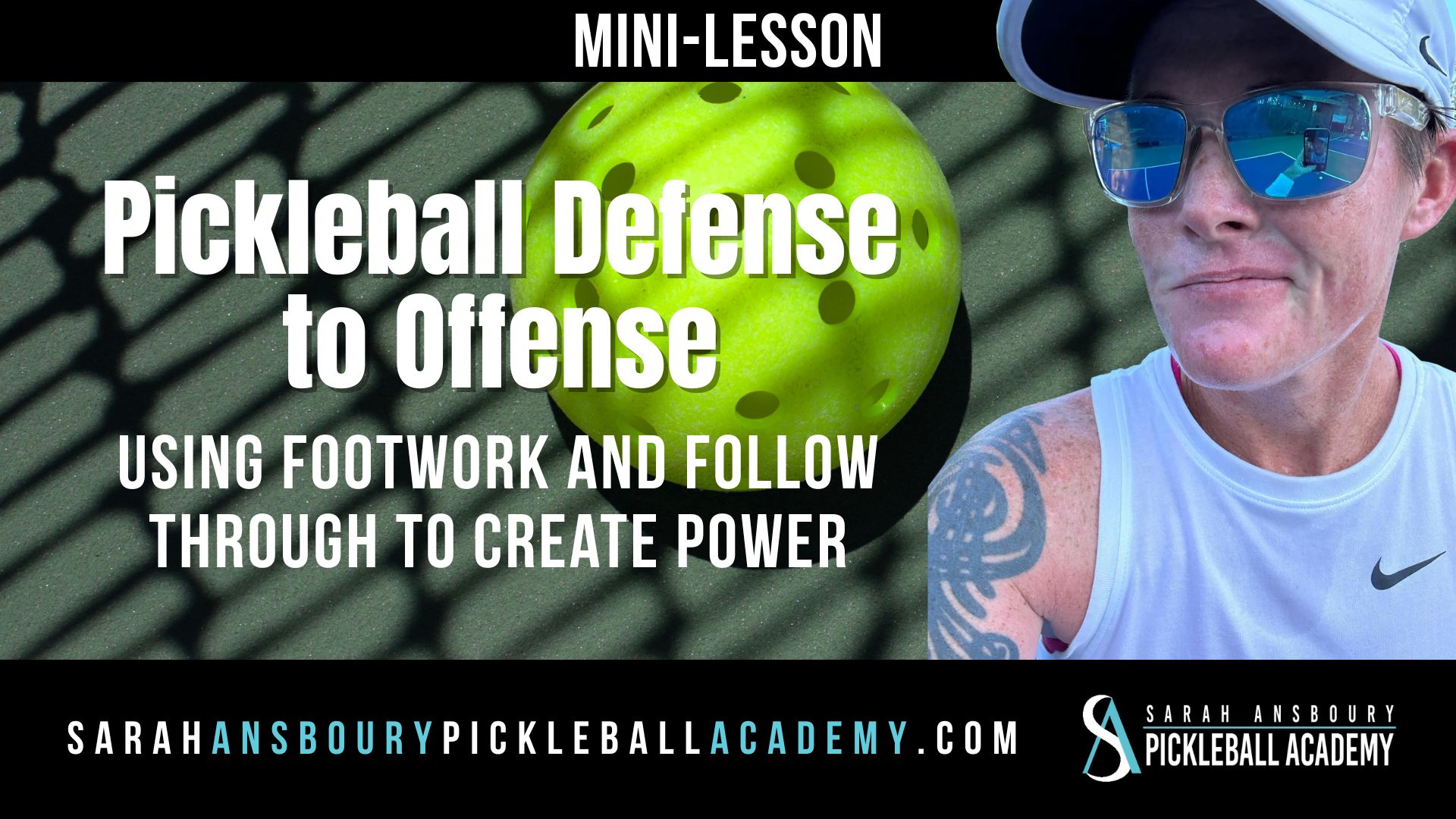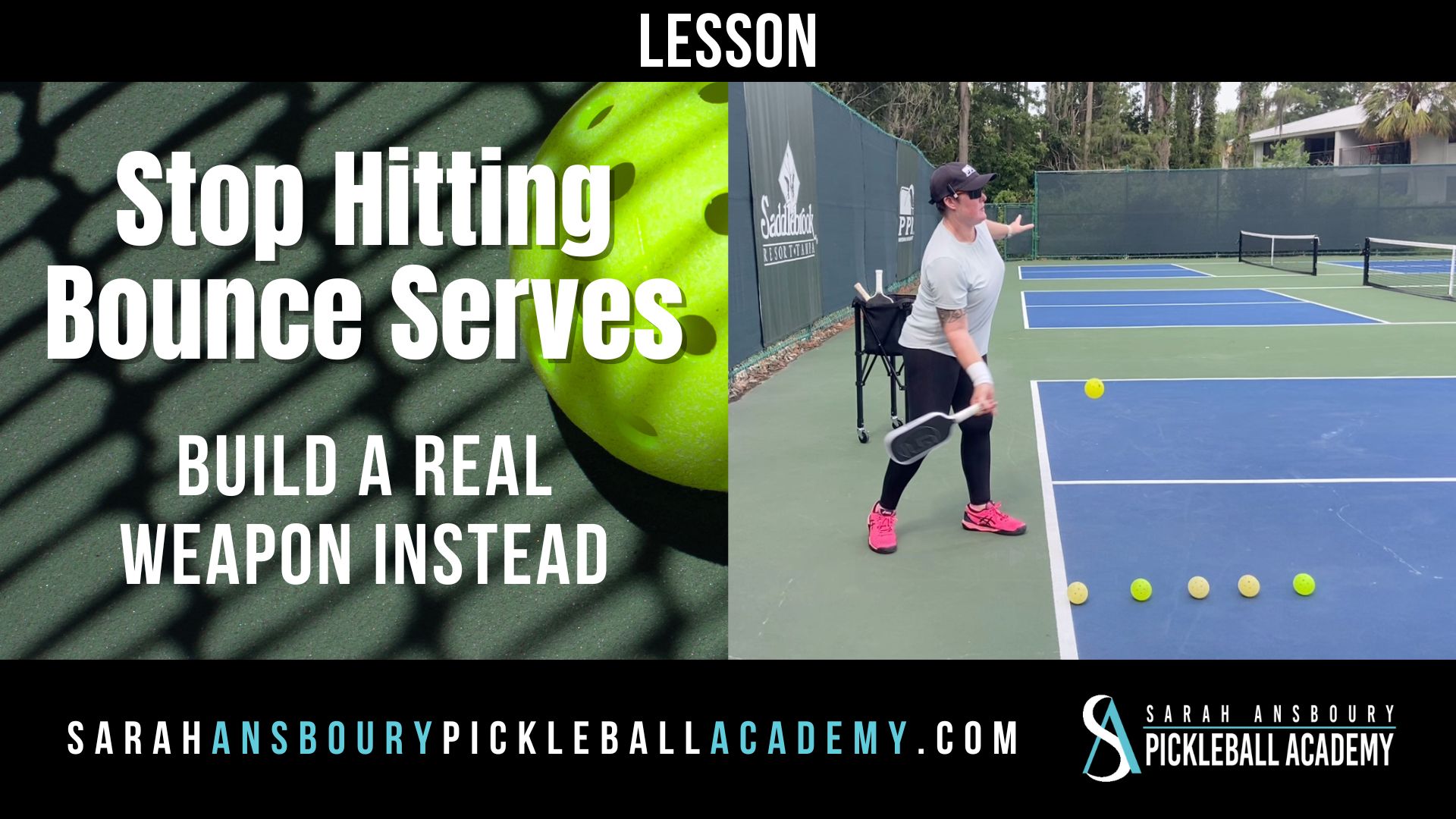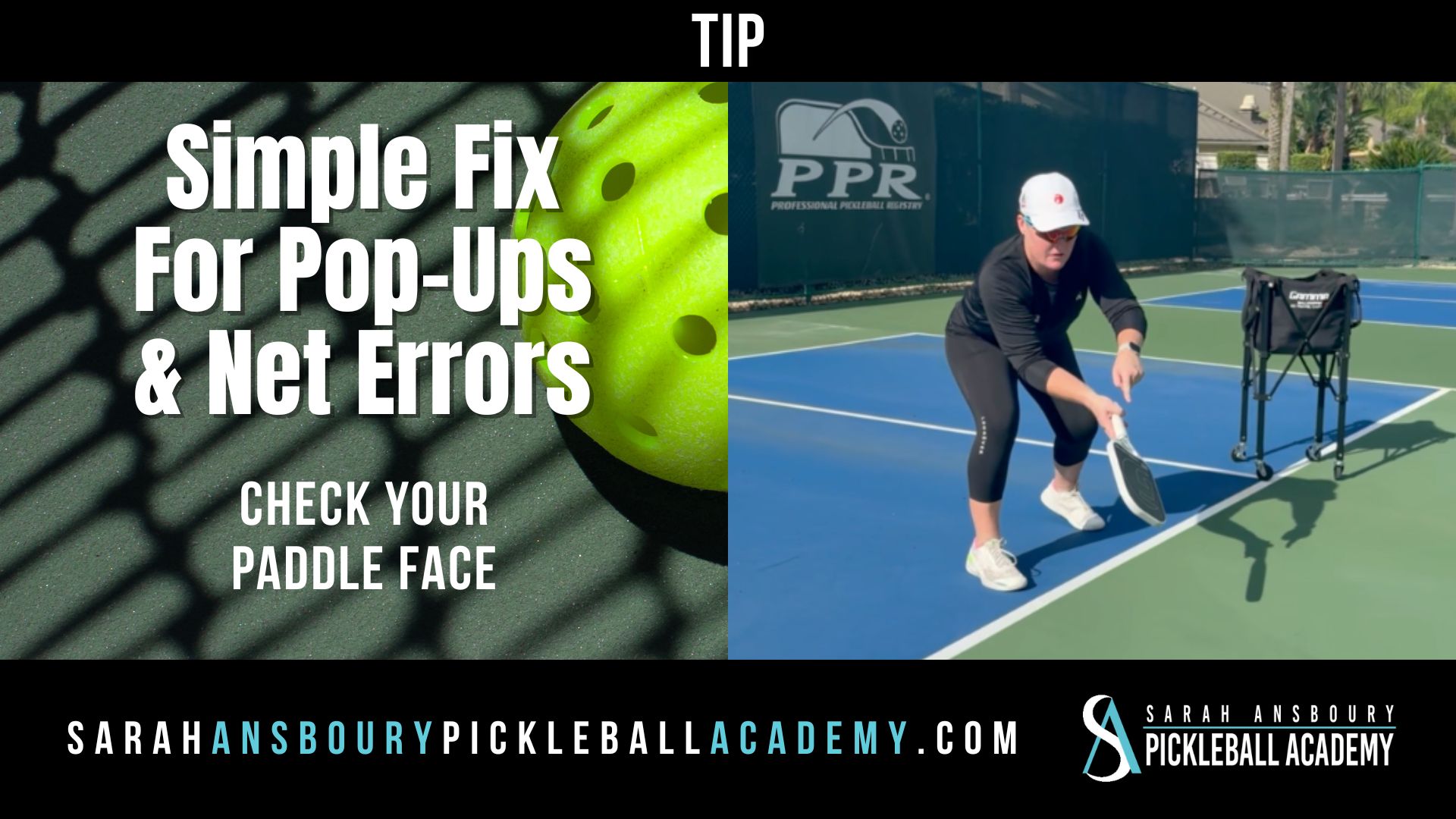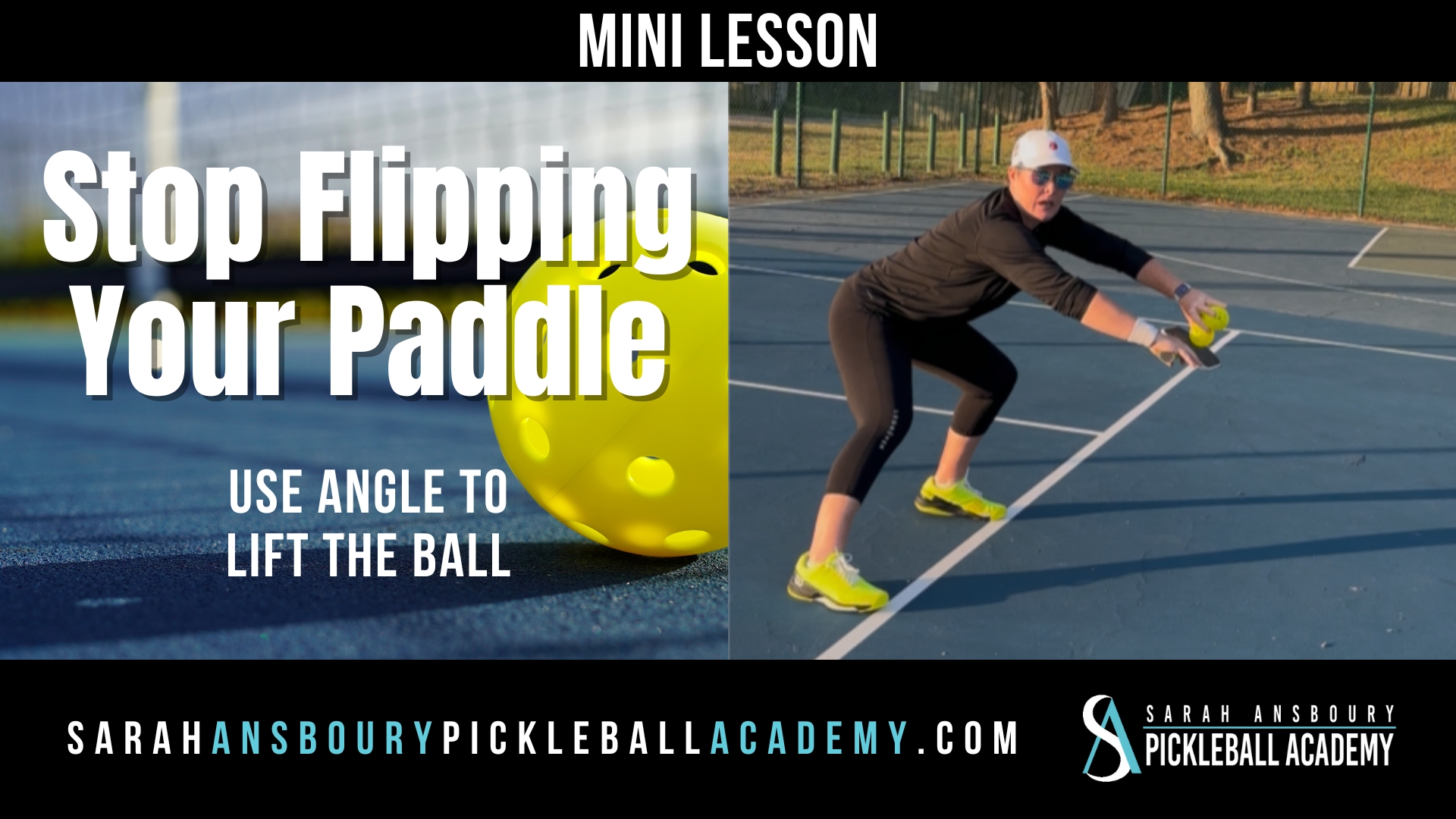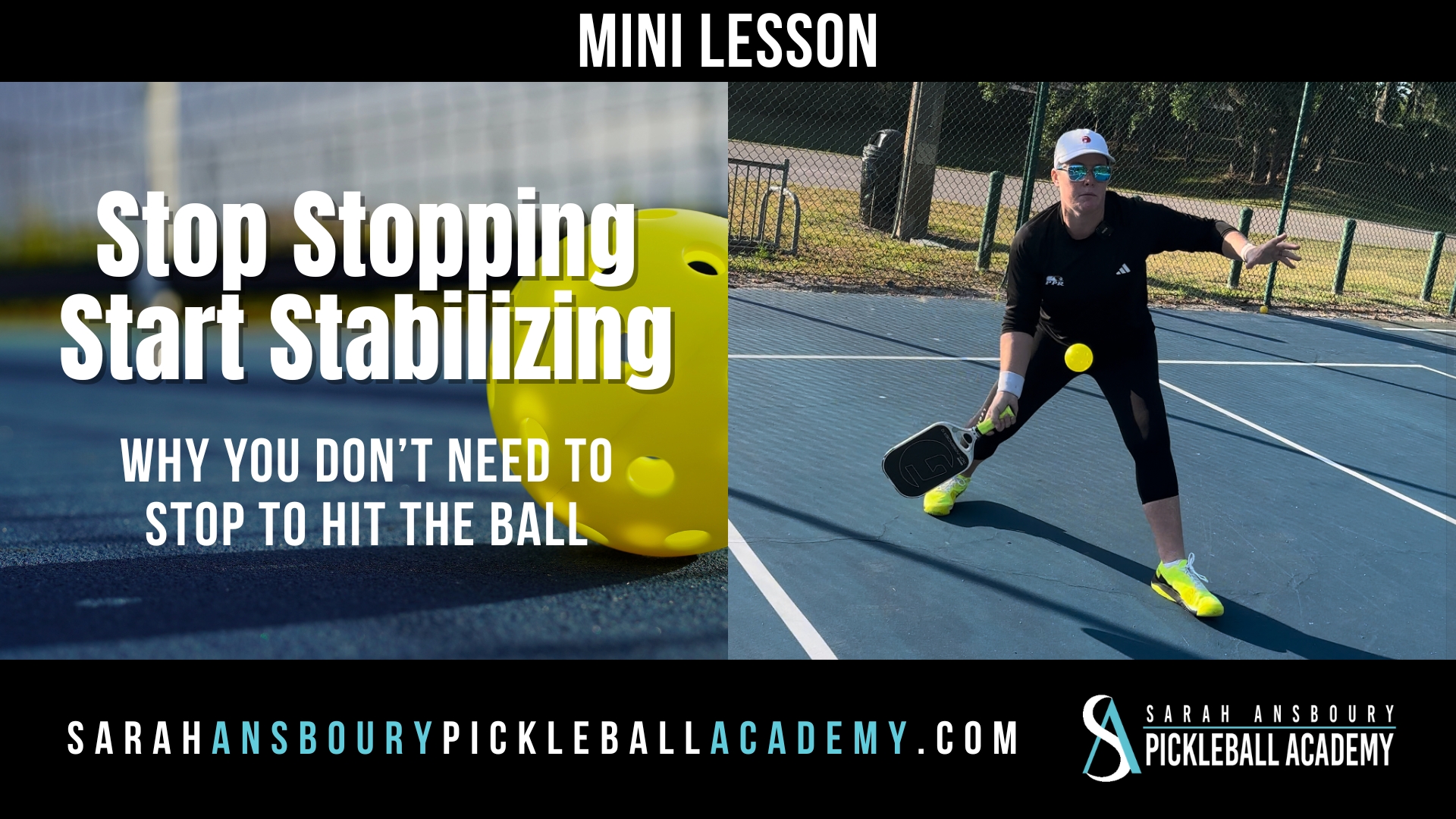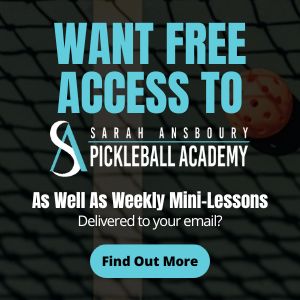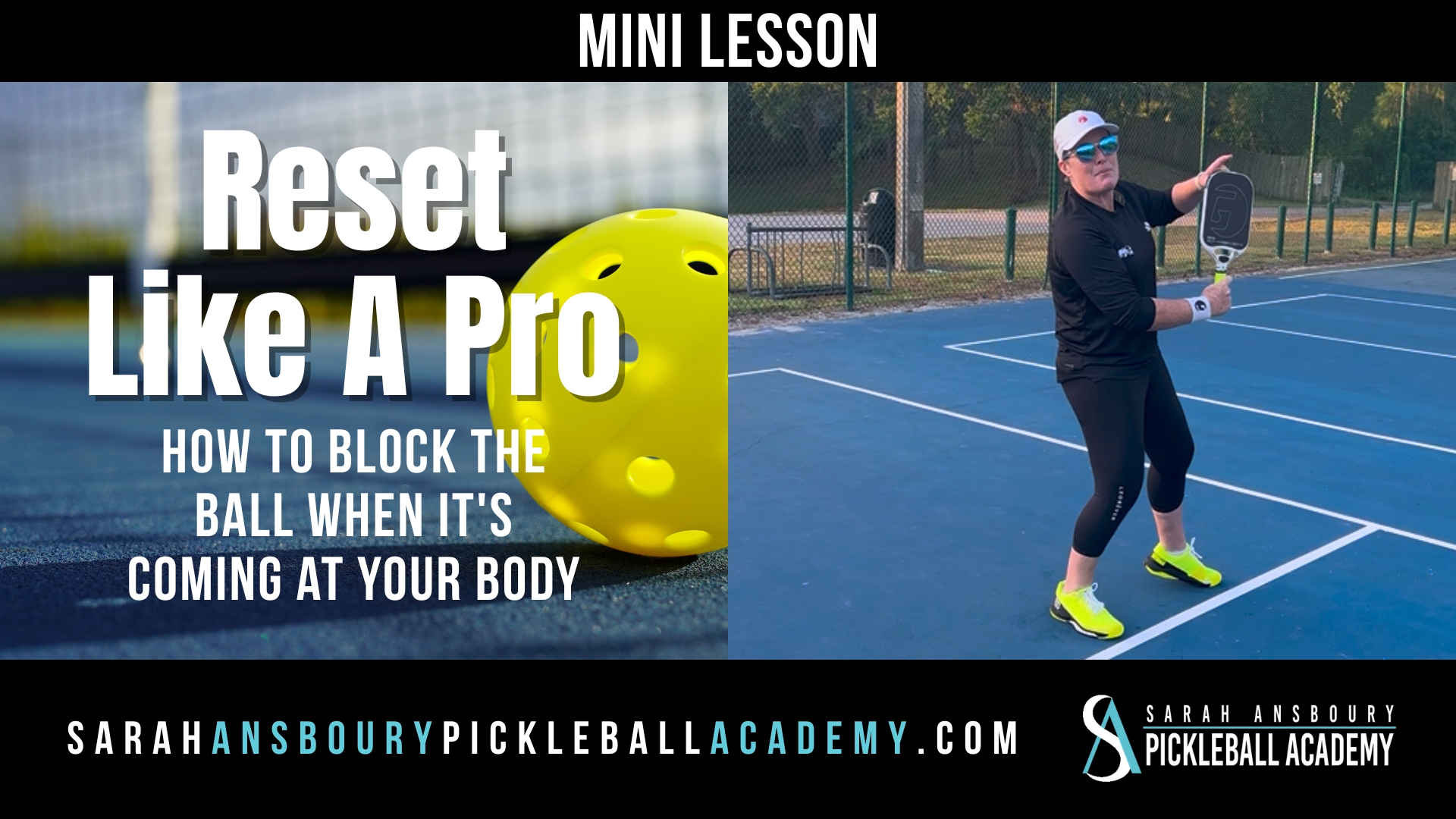We recently completed a three-day Academy in Traverse City, Michigan. These events are great as there is a lot of information packed into a full weekend. But at the same time, this can be overwhelming. So today we are going to talk about how to incorporate new pickleball skills into your game. It is important that during your pickleball practice you keep it simple and focused.
New Skills
When you are learning pickleball or working to improve we often try to focus on too many things at one. We are thinking about where our paddle should be. Where should I move? Should I continue to dink or attack? The list goes on and on. However, you will likely become frustrated and make very little progress unless you focus your pickleball practice.
Keep it Simple
 The easiest and most effective way to practice is to keep it simple. Give yourself just one task to focus on. Every time you go on the court pick something to focus your mind on. Some days all I can handle is just to work on relaxing. Other days, I might choose to work on communication. Maybe the next time, I’ll focus on balance. These may seem like easy items…but each pay major dividends in my game.
The easiest and most effective way to practice is to keep it simple. Give yourself just one task to focus on. Every time you go on the court pick something to focus your mind on. Some days all I can handle is just to work on relaxing. Other days, I might choose to work on communication. Maybe the next time, I’ll focus on balance. These may seem like easy items…but each pay major dividends in my game.
The Paddle Example
Let’s use paddle position as an example. Perhaps I want to work on tracking the ball with my paddle. First, I know I need to keep my paddle in front of my body. I need to steady my lower body and move my weight towards my shots. If I find I keep dropping my paddle, I need to analyze why that is happening. Am I shuffling and moving too much? Am I extending too far from my body, which is taking too much time to return to the correct position? There are many things that may cause my paddle to lower, so I must identify my tendency and then create a plan to improve.
While focusing my pickleball practice on paddle position I might realize that I keep getting jammed on my forehand. Maybe that is telling me that my paddle is leaning too far toward my backhand. This may seem like a little thing, but correcting these small things will lead to bigger improvement.
Pickleball Practice: Find the Reason
 The best students are those that can learn to identify why something went wrong or isn’t working. The ideal is when you can analyze the problem, connect the dots and learn to find a solution. I love giving clinics and offering Ansboury Academies. And I certainly enjoy seeing students coming back again and again. But you will spend a lot more time practicing on your own than when I am right next to you. Commit to making a plan each day. Focus on just one thing. Keep it simple. These are the keys to getting the most from your pickleball practice.
The best students are those that can learn to identify why something went wrong or isn’t working. The ideal is when you can analyze the problem, connect the dots and learn to find a solution. I love giving clinics and offering Ansboury Academies. And I certainly enjoy seeing students coming back again and again. But you will spend a lot more time practicing on your own than when I am right next to you. Commit to making a plan each day. Focus on just one thing. Keep it simple. These are the keys to getting the most from your pickleball practice.


